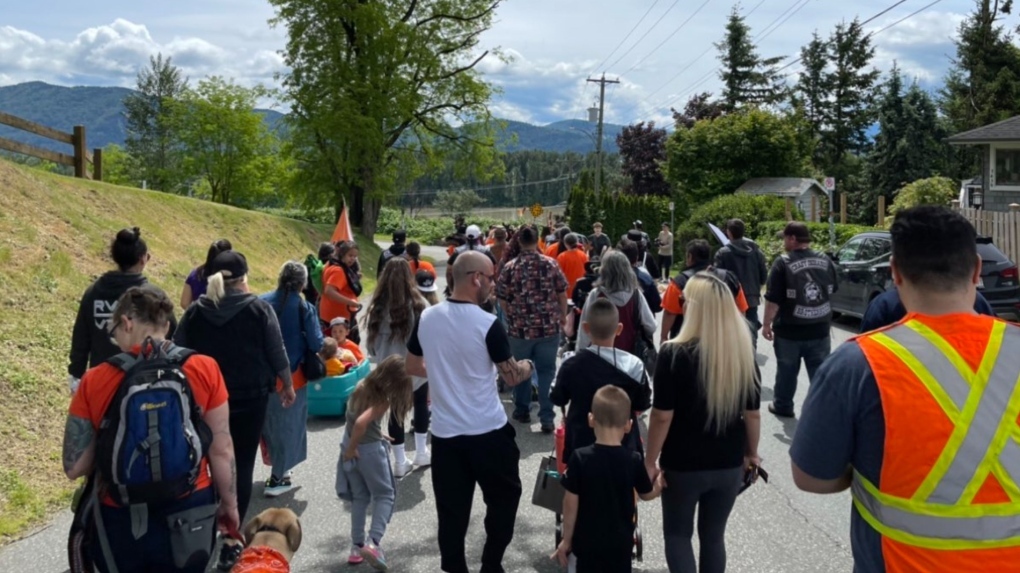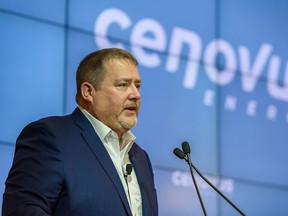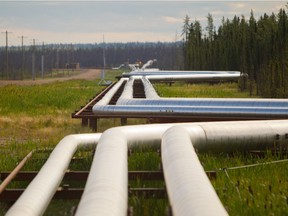'No longer anonymous': Woman who filed sex assault complaint against grand chief speaks out
Disappointed by Assembly of Manitoba Chiefs response, Shauna Fontaine identifies herself
The woman behind a sexual assault complaint against Assembly of Manitoba Chiefs Grand Chief Arlen Dumas is speaking out for the first time after a letter of support signed by 200 people emerged this week.
Shauna Fontaine told CBC News on Wednesday that she is the one who filed the complaint against Dumas with the Winnipeg Police Service almost three months ago.
Neither police nor AMC have confirmed this to CBC News.
Police will not confirm complaints unless an incident number is provided, and even then will not confirm any of the individuals involved.
Fontaine said she was motivated to reveal her identity after the letter and AMC's response to it.
As someone who has worked in advocacy roles for victims of gender-based violence, Fontaine suggested one reason she hasn't told many people in her circle until now that she was the one to file the complaint is because she has felt a sense of shame and embarrassment.
"You're not believed when you do come forward, and there's a lot of victim blaming and shaming," said Fontaine.
"It's never the victim's fault. It was never my fault. It was really only at the hand of the perpetrator."
Dumas was suspended by AMC in mid-March after a woman who worked for the organization — now known to be Fontaine — accused him of harassment and sexual assault. AMC hired a third-party organization to investigate the allegations.
Dumas has not been charged and none of the allegations have been tested in court.
CBC News has requested comment from Dumas several times since March but has not received a response.
Among the 200 signatories on the letter out this week are lawyers, doctors, sitting federal and provincial politicians and advocates for missing and murdered Indigenous women and girls, including Sandra DeLaronde, who led the charge to create the letter. DeLaronde is the project lead of the MMIWG2S Implementation Committee in Manitoba, which is made up of survivors, family members, knowledge keepers, Indigenous organizations and governments.
The letter calls on AMC to reconsider how the organization's response to the allegations is having an impact. DeLaronde and signatories said they want an independent inquiry and trauma-informed process that focuses on victims.
"We were trying to support the victims, but also provide that support to AMC as well," said DeLaronde.
The letter suggests other women have come forward with allegations on or about May 31. AMC has disputed this claim.
In response to the open letter, the organization stated its appreciation for the invitation of support but declined, citing concerns that support could inhibit the current investigation. The organization also stated it did not want to compromise the confidentiality of the complainant.
DeLaronde questioned that response on Wednesday, given that Fontaine has now revealed herself publicly.
"I think it's a false flag, and I think they're hiding behind a legal process rather than a human process," DeLaronde said.
Fontaine echoed DeLaronde. She said she came forward publicly because she was disappointed by AMC's response to the letter.
I am a real person, I am a human being. I am an employee of the Assembly of Manitoba Chiefs and this has impacted me in a very negative way.- Shauna Fontaine
"They weren't willing to accept the invitation to participate in a trauma-informed practice that moved away from their HR investigation that they claim is objective," said Fontaine.
"My name is no longer anonymous. I am a real person, I am a human being. I am an employee of the Assembly of Manitoba Chiefs and this has impacted me in a very negative way."
Fontaine, who is on a temporary leave for the duration of the AMC investigation, says she feels unsupported by AMC.
CBC News requested comment from AMC now that Fontaine has revealed her identity.
She said there are not enough supports for Indigenous women who have experienced sexualized violence, and that she remains on a waitlist herself.
In recent months, Fontaine says some community advocates have reached out. Loved ones have also been by her side.
"I do have a few family members who were aware and have been quite close and offering their love and their care, including two of my own children who have been sitting by and been really wonderful," said Fontaine.
The woman behind a sexual assault complaint against the leader of the Assembly of Manitoba Chiefs isn't happy with the way the group is handling the investigation. Shauna Fontaine came forward after more than 200 people signed a letter to the Assembly of Manitoba Chiefs. They want an independent commission of inquiry to look into the allegations against suspended Grand Chief Arlen Dumas.
With files from Stephanie Cram and Darren Bernhardt


















